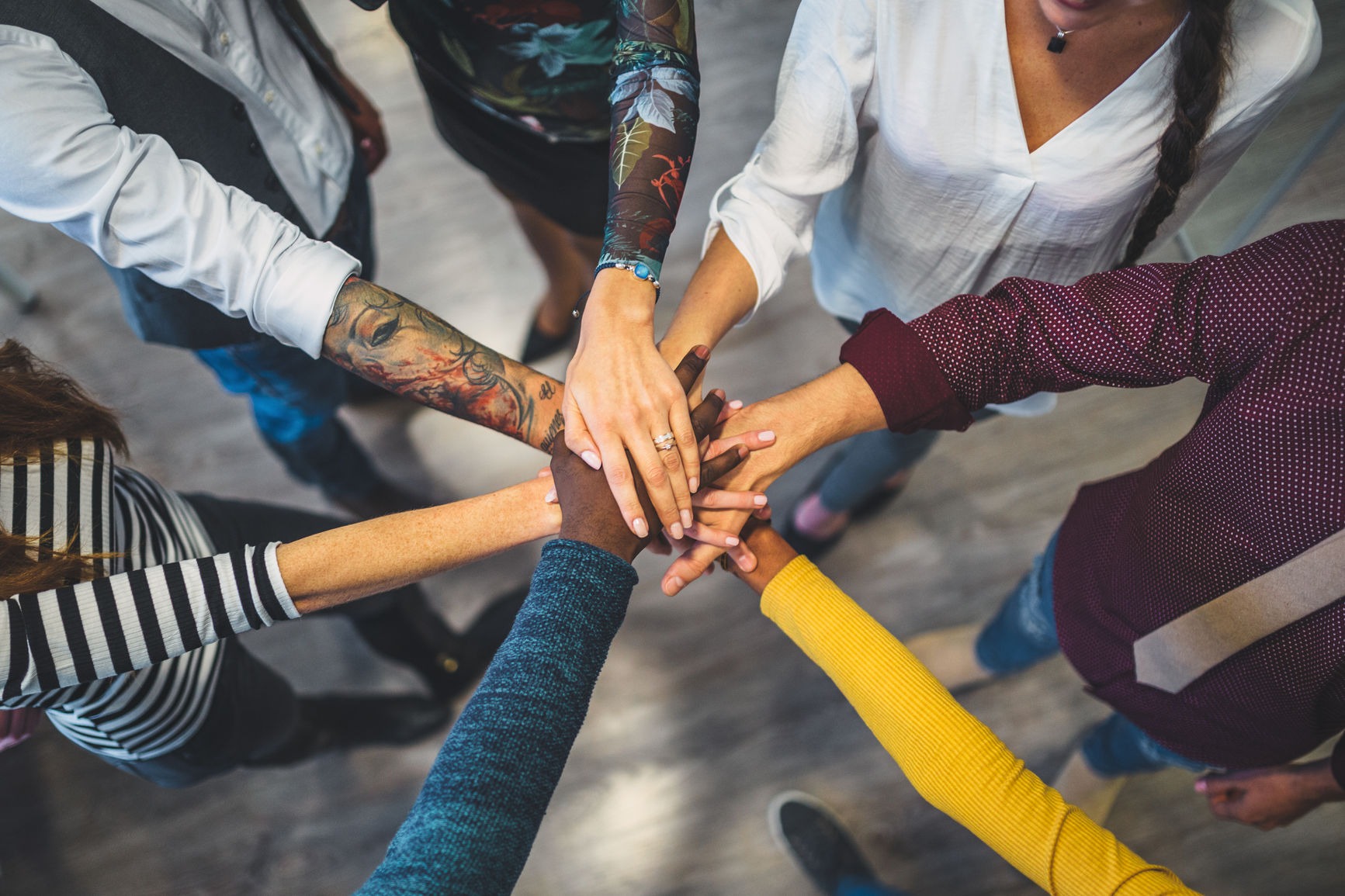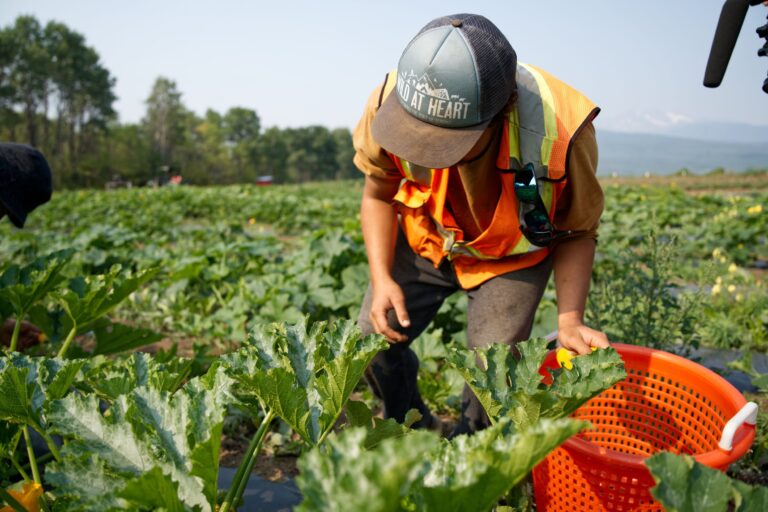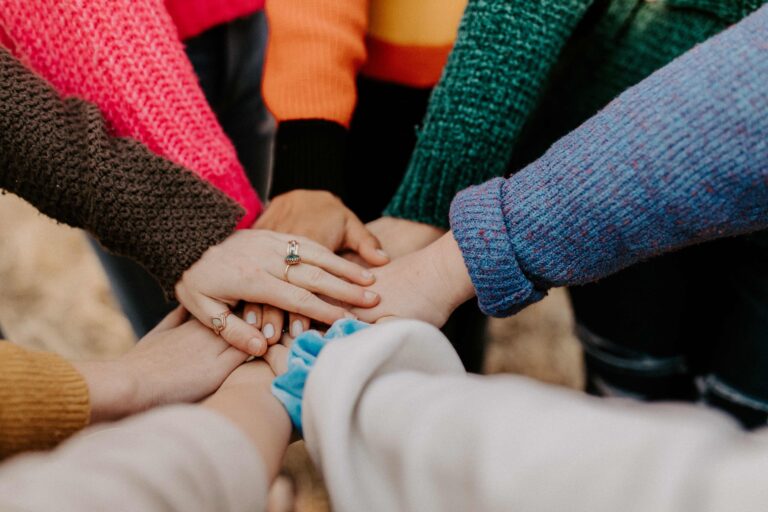
17 January 2019
What’s Inclusion Got to Do With It?
A future of inclusive growth and full participation by everyone in society. This short phrase, or some variation, has been rolling around in my head over the past months. We’ve sought to articulate our aspirations and center our work around a compelling vision, while at the same time I’ve been searching for focus. What might it mean for me to ‘go big’ on inclusion in 2019 and beyond?
A starting point has been to ponder three critical questions: Why inclusion? What does inclusion mean, anyway? How might we best contribute to an inclusive society? What follows is a short summary of where we’ve landed in answering each, and an invitation to join our ‘seeding inclusion’ movement.
Why inclusion?
Taken alongside our other focus areas at Urban Matters – namely housing affordability and community health – inclusion fits at the intersection of improving economic determinants, and challenging perceptions about whose voice we listen to, and who feels empowered to speak/act. Social issues are easier to solve when communities have greater and more inclusive economic capacity. Almost every complex community/social issue – housing, opioid crisis, reconciliation – has an economic determinant. At the same time, social connections are increasingly recognized as foundational to a fulfilling life.
What does inclusion mean, anyway?
Understanding inclusion in the context of complex social and environmental challenges faced by our communities requires more than a standard definition. A popular definition compares inclusion to diversity: diversity is inviting someone to the dance, while inclusion is asking them to dance. A 6 Degrees-RBC Report titled: All of us: What we mean when we talk about inclusion defines the fundamental aspects of inclusion as “the idea of giving all citizens the chance to participate equally in economic, social, political, and cultural life.” The report goes on to explain why defining inclusion is so difficult – in part because it depends on perceptions of fairness and equity, which vary depending on the person doing the seeing. Inclusion is about much more than literal rules (i.e. mandating equal access to services) and is more fundamentally about how we see our place in the world. Inclusion means sustaining conditions for flourishing an individuals’ ability to imagine and achieve a good life in every area that is meaningful to that individual.
How might we best contribute to an inclusive society?
As I write these words, I’m conscious that the rhetoric behind the inclusion movement has rapidly outpaced real and sustained change. We seek to change this through deliberate efforts focused on economic inclusion that then create conditions for social belonging.
Our brand of changemaking is inherently rooted in the local. We find our best success when we convene diverse champions within community. We design our grassroots engagement to build trust, understand the current context and existing assets, and to collaborate around innovative solutions. Our local convening efforts are starting to generate social venture opportunities that will generate inclusive economic opportunity for those facing vulnerable circumstances:
- Employment opportunities for people with lived/living experience in homelessness and/or addiction: In Kelowna, we are working with partners on designing a social venture that takes care of training and mentoring people who have been left out of mainstream workforces because of homelessness or addictions and working with employers to create opportunity for meaningful work.
- Venture UP: Our Venture UP process aims to translate government and corporate strategy into meaningful and sustainable ventures led by those who the strategy aims to help. Often, we consult people with lived experience, but we aren’t yet working alongside these individuals to empower them as changemakers. Venture UP lets us imagine what might happen when we elevate the actions of people with lived experience through social enterprise approaches.
Our ‘seeding inclusion’ movement
The initiatives outlined above, and others, fall within a broad spectrum of efforts related to community economic inclusion. We’ve developed an audacious goal to help align our efforts:
Canadians who experience vulnerable circumstances and consequently demonstrate lower workforce participation -people with disabilities, visible minorities, Indigenous people, and new immigrants –require meaningful employment as one critical building block to addressing issues of poverty in our communities. By 2030, workforce participation of these groups will be in line with the Canadian average.
We can’t imagine a situation in which we achieve this goal alone – it is designed to reflect our complex system of multiple actors. It is going to take a combined effort across disciplines and sectors. We need your help and insight. Join our ‘seeding inclusion’ movement.
By: Erin Welk
Lead – Social and Economic Inclusion
Urban Matters CCC




